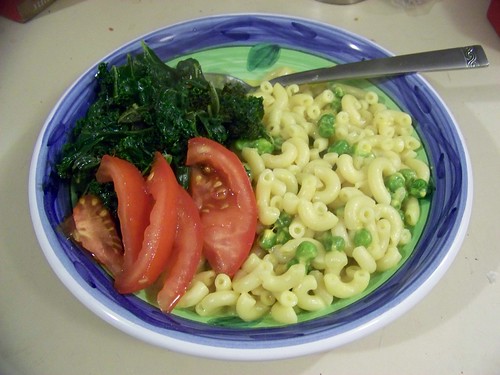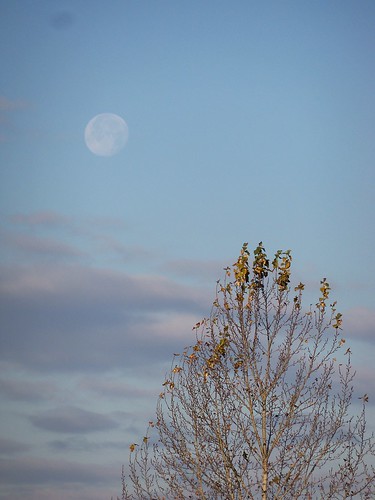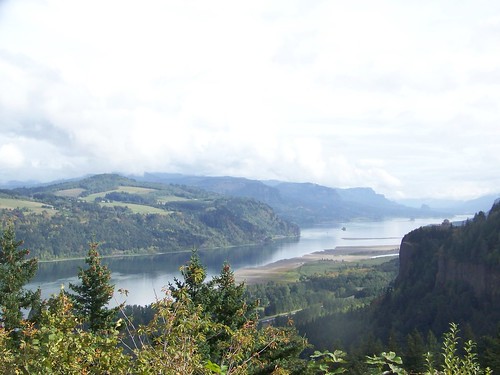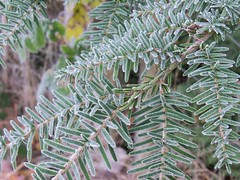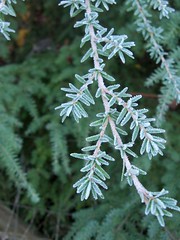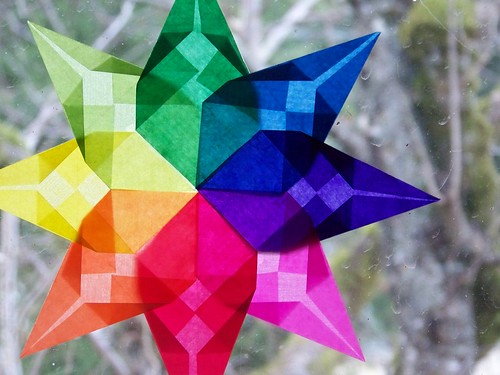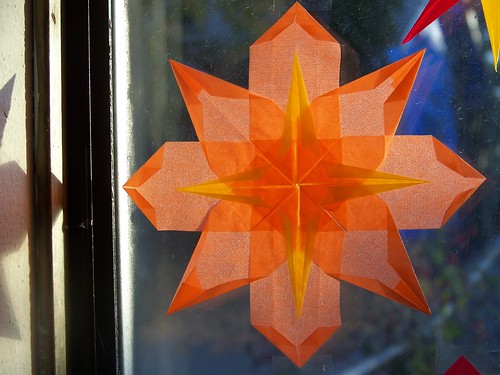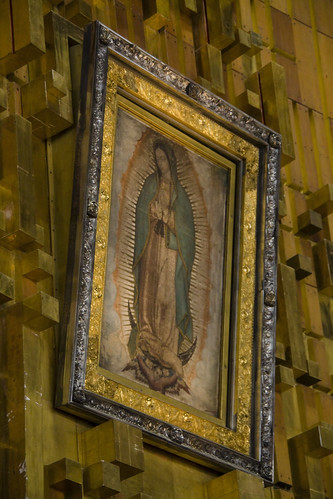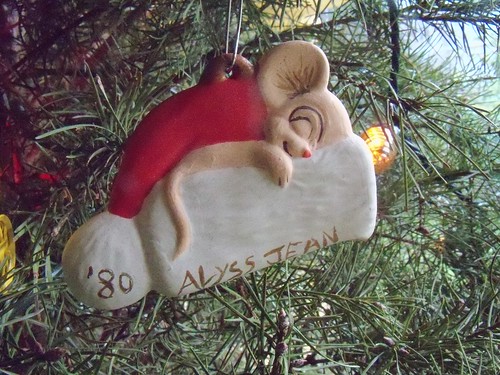We moved to Portland OR from San Francisco when I was 10 years old and I distinctly remember feeling that the summer sun didn't set until so very late in the evening. It seemed like the days stretched on forever. The memories of a dreamy 10 year old are not necessarily to be trusted, but my observations were based in reality - the summer days in Portland really ARE longer than those in San Francisco. At the Summer Solstice in late June, Portland has a full hour more sunlight and the difference between an 8:30 sunset and a 9pm sunset is a very big one, especially when you still have a bed time. We also have a distinctly shorter winter day, with the sun setting here well before 5pm on the Winter Solstice.

The reason for this difference in the sunrise and sunset times is due to a quirk of our planet called the axial tilt. Remembering back to our middle school earth science, you know that there is an imaginary line running from the north pole to the south pole of our planet called the axis. Every day the earth spins on this axis once, giving us a sunrise, daylight, sunset and another sunrise. By some accident of planetary formation our Earth's axis is about 20 degrees off perpendicular to our orbit - the poles point a little bit towards the sun at some times of the year and a little bit away at others. As the earth revolves around the sun, the north pole points towards the sun in June and the south towards the sun in December causing the sun's rays to fall unevenly on the earth. When we in the northern hemisphere are pointing towards the sun we get longer daylight and more intense solar heat while the opposite happens when we point away. We call these changes in daylight and average temperature winter and summer. The closer to the poles you happen to be, the more pronounced this change in daylight over the course of the year is. My northernmost Facebook friend is in Barrow, Alaska this winter and when the sun set on November 19 has stayed below the horizon and won't come back until January 22nd. Other friends in Fairbanks Alaska will have 3 hours and 45 minutes of daylight today, here at the 45th parallell in Oregon we will have 8 hours and 42 minutes while my southernmost Facebook friend in Honalulu will have almost 11 hours of daylight.
It blows my mind that we live on a planet that is set up this way. If we lived on Mercury we wouldn't experience seasons because that planet has virtuallly no axial tilt. Venus also doesn't experience seasons, but it's tilt is close to 180 degrees, with a rotation opposite that of any other planet. Another planet with wacky seasons is Neptune, but with an axial tilt of 90 degrees one of it's poles faces the sun for about 40 years before the seasons shift and it gets 40 years of darkness. Totally crazy!

I love living in a place where I can experience a change in daylight over the course of the year. I love watching the sunrise and sunsets shift north and south on the horizon over the course of the year. A marking point of every autumn is when the sunset matches up with the one mile of directly west running freeway by my house and there are "inexplicable" traffic jams there every afternoon for a week. I enjoy the cozy dark evenings of winter, when the sun has set by the time most folks are home from work, and I revel in the long sunlight afternoons of summer where you can get hours of socializing in between work and sunset. I daydream about living in a place where I can mark the locations of
those solstice sunsets on the land, like Ada Monroe did towards the end
of
Cold Mountain, seeing a physical representation of the link between the earth and the sky as the seasons shift. The shift in the seasons is a rhythm I can fall back on, it happens no matter what. And this week, the rhythm reaches it's dark point. Soon we'll climb back towards summer.
For more images and other explanations of the seasonal changes on Earth check out this great post at
Skeptic's Play or this fun video at
Brain Pop. Knowledge is power, so get some!
Holiday Giving: My Favorite Non Profits
The holidays are often a time when people feel more free to give to charities and non-profits. One of the best ways to move on this impulse during the holiday season is to give money to charities in the name of your friends and family rather than giving them a tangible present. An interesting way to do this is to give your loved one a gift certificate to a donation gift site, many of which are listed in
this article and
blog post.
If you are needing some ideas on non-profits to support this year, here are some of my favorites. Many are local to Portland, but many are not.

I love my dog more than anything and feel compelled to help animals whenever I can. The
Pongo Fund is an emergency pet food bank in Portland doing amazing work to help pets stay with their people during times of economic crisis. I tear up when I think of all they are doing for people and pets in the area.
The Oregon Humane Society is another organization I whole heartedly support. They have been serving the needs of homeless and neglected animals in Portland since 1868. In addition to rehoming pets, OHS has a technical rescue team that will help pets stuck out in the mountains or woods, an amazing Humane Education program and a veterinary teaching hospital. No doubt there are organizations just as amazing as these serving dogs, cats and their people in your local area, too.
I care very much about people, too, and support a number of organizations working towards bringing self reliance, dignity and escape from poverty to people all over the world.
Shelter Box is an amazing organization that provides emergency shelter relief to people after disaster strikes. Each shelter box contains a roomy tent, blankets, a water filter, a tool kit, a stove and usually some special gifts for children like coloring books and crayons. Another program I love is the
Empower Kits available through
Glad Rags and donated to
Empower Women in Africa. Buying one of these kits sends 5 high quality, reuseable cloth menstrual pads to a teenage girl in Africa. Lack of access to these important personal hygeiene tools causes many young women to miss days of school and maybe even eventually drop out.
Other local groups I love include, but are not limited to, the
Oregon Food Bank,
Friends of Outdoor School,
Neighborhood House,
Street Roots,
Sisters of the Road Cafe and so many others. Which charities do you support this time of year? How do you give them your support?
